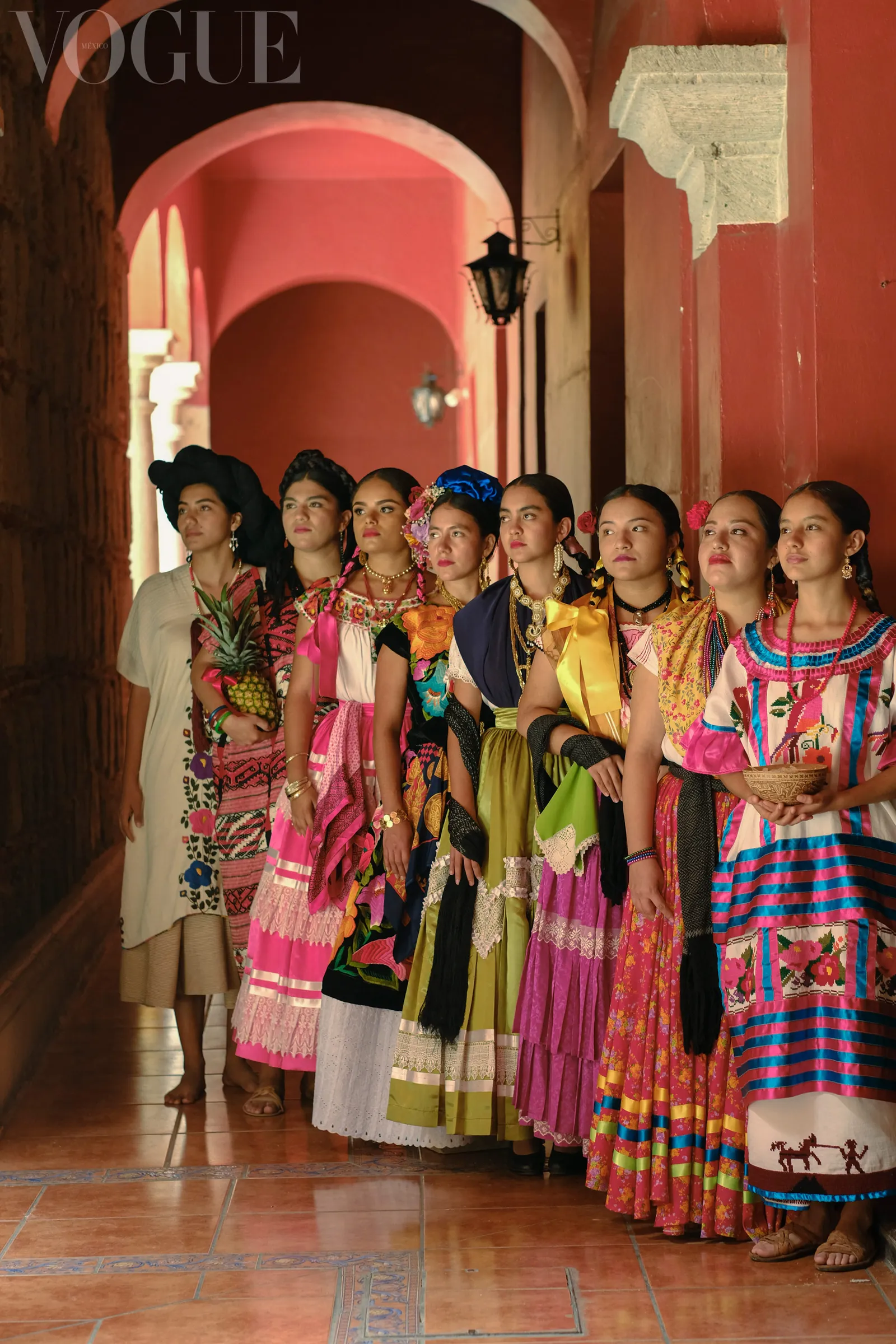The State of Oaxaca, in the south of the Mexican territory, was, continues, and will continue to be the center of the world’s most important mezcal production, since centuries ago, when Hernán Cortés himself had his marquisate.
The Spaniards and the Creoles in those times were the ones who coordinated all the production since they were the only ones who knew the distillation process. However, the Indians quickly learned the clandestine production of the mezcal and dedicated themselves to making their own.
This drink, besides being typical and very famous in Mexico, also turned out to be a great stimulant among the indigenous population.
Like any food or drink, mezcal expresses one of the most important cultural characteristics of the people, of those who create it, so it is mandatory to share it in more than one celebration.
It’s a drink that besides being delicious, we can proudly affirm that it is the magic of our ancestors reflected in liquor of different flavors.

How do you do it?
The mezcal is made with the penca of the agave, when the plant reaches its maturity, or between 6 and 8 years is harvested and its leaves are cut, leaving only the heart, the pineapple. Is called so because its form is very similar to the fruit, which is cooked and then ground.
Not all maguey species are acceptable: the NOM (Official Mexican Standards) stipulates that only the Agave Angustifolia (maguey espadín), Agave Esperrima (maguey de cerro, bruto o cenizo), Agave Weberi (maguey de mezcal), Agave Potatorum (maguey de mezcal) should be used and the Agave Salmiana.
At first and traditionally, the pineapples are baked in the palenques, then placed in a stone ring where a large stone wheel attached to a pole in its center begins to roll, grinding the pineapples.
The dough is then placed in wooden vats and most of the water is added to the mixture and left to ferment naturally with its yeasts and microorganisms for three to fifteen days.
Mezcal ages quickly compared to other fermented ones. It is stored in large wooden barrels for periods of 2 months to 7 years. During this time the mezcal acquires a golden color, and its flavor is influenced by wooden barrels.
The longer it is left to age, it acquires a darker color and the difference in its flavor is noticeable.
Oaxaca is the only state recognized geographically and legally as the Mezcal Region with its designation of controlled origin. The mezcal of Oaxaca is 100% agave.
Currently there are different varieties of mezcal such as:
Young, rested, aged, miner, breast, and worm. Below are some of them:
Type I Mezcal 100% agave:
Made with musts that only contain sugars from agaves.
Type II Mescal with other sugars:
Made with 80% of the musts of the agaves, to which 20% of other sugars are added.

The mezcal tour – Caminos del Mezcal
In Oaxaca, the most complete and full of tradition tour is that of Caminos del Mezcal which offers the adventure of traveling long paths, witnessing spectacular sunsets, admiring the skies of Oaxaca and its mountains.
Among the different natural and cultural attractions that are along this route, are the temple and the former convent of San Jerónimo Tlacochahuaya, the workshops of elaboration of wool doilies, the Sunday market of Tlacolula de Matamoros, the colorful textiles of Mitla, and the flavors and aromas of the artisan mezcal of Santiago Matatlán.
Not to mention the magnificent hospitality that characterizes the tourist establishments of the municipalities that integrate the route.
In terms of archaeology, the Caminos del Mezcal route crosses vestiges of pre-Hispanic Zapotec culture, including the sites of Dainzú, Lambityeco, Yagul, and the mythical city of the dead, Mitla, now Pueblo Mágico.
Geographically, the Caminos del Mezcal route unfolds in a strip located in the Centro and Tlacolula districts, in the Central Valleys region.
Many paths cross the rich cultural diversity of the State of Oaxaca, uniting the different mezcal regions, and surprising the travelers of the mezcal. Among them, are the recommended sites for those who want to understand and delve further into the origins of mezcal, experiencing its differences and complexities in the distillate.

Be sure to visit this route mix:
• Ejutla de Crespo
• Villa Sola de Vega
During the visits to the producing communities, it is possible to know the fields where the magueyes grow in a wild or cultivated way; to observe the native fauna and flora, and above all to discover the biological diversity that Oaxaca enjoys.
Learning a remedy in which mezcal is used, some name in Zapotec or Mixtec, or some ritual custom of the use of ellixir, are just some of how visitors can expand their culture on a drink so distinctively Mexican.
Something is certain, it is a guarantee that you can enjoy rich conversations with the mezcaleros masters, owners of this art, and also the way to transmit their knowledge. Thus, in addition to tasting mezcal, you can participate in festivities, get involved in community life, and enter the calendar of production of the precious drink called the elixir of the gods.

Don’t forget to know more about Oaxaca.






















